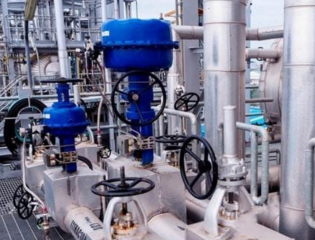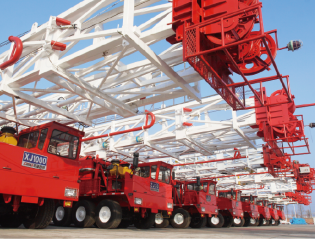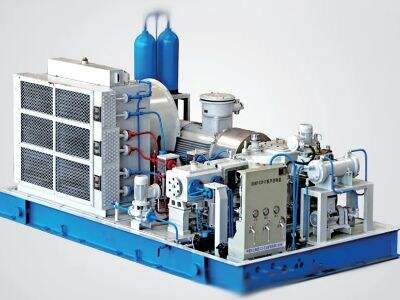Valves be the companion of expendable instrumentation instruments or else the impermeable part objects of electro-mechanical actuators called the valve positioner, do you know what it is? A bop valve positioner is a specific device employed to control valves in pieces of equipment that utilize gases or liquids. This article will discuss pneumatic versus electro-pneumatic valve positioners.
Pneumatic Valve Positioners
There are mainly two types of pneumatically actuated instrumentation valve positioners pneumatic valve positioners. Think of it like a balloon. A balloon expands when you blow air inside it. They are also very easy to use, so even if you are not an expert, you will know how to use it. The best thing about pneumatic positioners however is their independent of electricity nature.
Comparing the Two Types
There are many key factors that we have to consider in the comparison between these two types of valve positioners.
Most importantly, one thing that must be taken into account is the accuracy. Typically pneumatic positioners cannot match the accuracy of an electro-pneumatic positioner. So if you need a very precise control of the valve, then electro-pneumatic positioners may be the option for you.
Reliability: Reliability is key as well. Since pneumatic positioners are somewhat susceptible to the changes in air pressure or temperature and other factors, this is because it is less suffering any problems.
Expense — Expense is in addition something we need to consider when selecting a bop valve positioner. Although an electro-pneumatic positioner may be more costly initially, it can prove to be a better investment due to reduced maintenance.
Which One Should You Choose?
There is no one size fits all solution here when it comes to selecting the right kind of valve positioner for your application. It truly depends on your requirements for work. Electro-pneumatic might be right for you if you need specific positioning of your valve in your work.
Key Factors to Consider
Starting point, when it comes to valve positioners, there are three key things you should look at:
Accuracy: For your application, how accurate does the positioner need to be? That's an important question, because just the right amount of accuracy makes all the difference in the proper operation of the valve.
Reliability: How reliable is the positioner? In other words, consider how often it may fail or require repair. Investing in a good positioner saves you a lot of hassle and cash, down the road.
Performance: How well does the positioner perform? This covers its performance efficiency and responsiveness to changes. In that case you prefer a high-speed, high-efficiency positioner.
Conditions for Valve Control Success
For a successful valve control with positioners, you have to consider several things:
First you should consider what kind of valve you are using Various types of positioners are required for various types of valves and the selection of positioner is must.
Then consider how accurate your application needs to be. What level of precision does the positioner have to achieve to be useful for you?
Next think about what environment the valve will be used in. In harsh environments, you want a positioner that will not fail in those conditions.
Finally consider the price of the positioner. Does it suits for your application? If it means better performance might be well worth it to spend a little more now, than later.
Conclusion
Summary Selection of proper bop valve positioner holds the key to successful valve control. Many of the times you have to consider such things as: accuracy, reliability, performance, and cost. This article is written by Xiangjing who specializes in pneumatic and electro-pneumatic valve positioners. Xiangjing provides many high-quality valve positioner options to suit your need.



 EN
EN
 AR
AR
 BG
BG
 HR
HR
 CS
CS
 DA
DA
 NL
NL
 FI
FI
 FR
FR
 DE
DE
 EL
EL
 HI
HI
 IT
IT
 JA
JA
 KO
KO
 NO
NO
 PL
PL
 PT
PT
 RO
RO
 RU
RU
 ES
ES
 SV
SV
 CA
CA
 TL
TL
 IW
IW
 ID
ID
 LV
LV
 LT
LT
 SR
SR
 SK
SK
 SL
SL
 UK
UK

